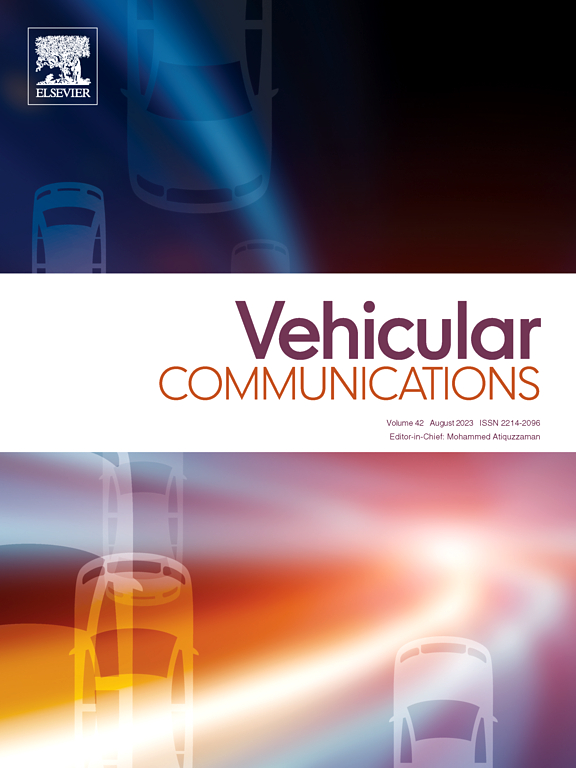3D position error bound for wideband localization systems with application to UAVs
IF 6.5
2区 计算机科学
Q1 TELECOMMUNICATIONS
引用次数: 0
Abstract
Positioning is a crucial element of the new connected world and its integration with the current and future releases of the mobile system technology has been gaining interest since the introduction of the 5G verticals. In the application layer, positioning provides an additional and, in many cases, a fundamental value for the implementation of services like terrestrial and non-terrestrial vehicles, industrial robots and many other advanced systems. In this work we present a study on the formulation of the 3D Position Error Bound (PEB) based on Time-of-Arrival measures. We extend the analysis of the localization Cramer Rao Bound to the 3D geometry including the impacts of multipath, multiple anchors, clock and position offsets. In addition, we elaborate the result, providing a deeper insight on potential applications of this analytical tool, as positioning of Unmanned Aerial Vehicles in areas covered by 5G signals.
应用于无人机的宽带定位系统三维位置误差约束
定位是新的互联世界的关键要素,自5G垂直市场推出以来,定位与当前和未来移动系统技术的集成一直备受关注。在应用层,定位为地面和非地面车辆、工业机器人和许多其他先进系统等服务的实现提供了额外的、在许多情况下是基本的价值。在这项工作中,我们提出了一个基于到达时间测量的三维位置误差界(PEB)的公式研究。我们将定位Cramer Rao Bound的分析扩展到三维几何,包括多路径、多锚点、时钟和位置偏移的影响。此外,我们详细阐述了结果,对该分析工具的潜在应用提供了更深入的见解,如在5G信号覆盖的区域定位无人机。
本文章由计算机程序翻译,如有差异,请以英文原文为准。
求助全文
约1分钟内获得全文
求助全文
来源期刊

Vehicular Communications
Engineering-Electrical and Electronic Engineering
CiteScore
12.70
自引率
10.40%
发文量
88
审稿时长
62 days
期刊介绍:
Vehicular communications is a growing area of communications between vehicles and including roadside communication infrastructure. Advances in wireless communications are making possible sharing of information through real time communications between vehicles and infrastructure. This has led to applications to increase safety of vehicles and communication between passengers and the Internet. Standardization efforts on vehicular communication are also underway to make vehicular transportation safer, greener and easier.
The aim of the journal is to publish high quality peer–reviewed papers in the area of vehicular communications. The scope encompasses all types of communications involving vehicles, including vehicle–to–vehicle and vehicle–to–infrastructure. The scope includes (but not limited to) the following topics related to vehicular communications:
Vehicle to vehicle and vehicle to infrastructure communications
Channel modelling, modulating and coding
Congestion Control and scalability issues
Protocol design, testing and verification
Routing in vehicular networks
Security issues and countermeasures
Deployment and field testing
Reducing energy consumption and enhancing safety of vehicles
Wireless in–car networks
Data collection and dissemination methods
Mobility and handover issues
Safety and driver assistance applications
UAV
Underwater communications
Autonomous cooperative driving
Social networks
Internet of vehicles
Standardization of protocols.
 求助内容:
求助内容: 应助结果提醒方式:
应助结果提醒方式:


